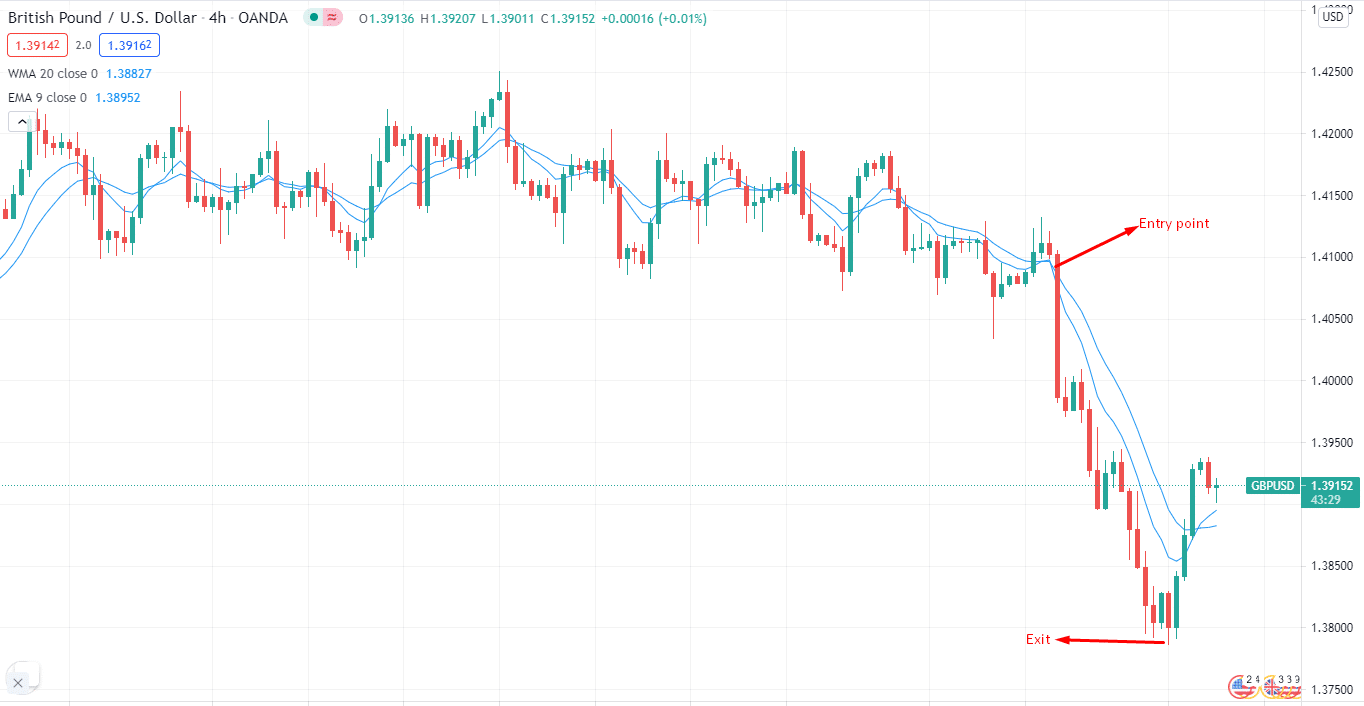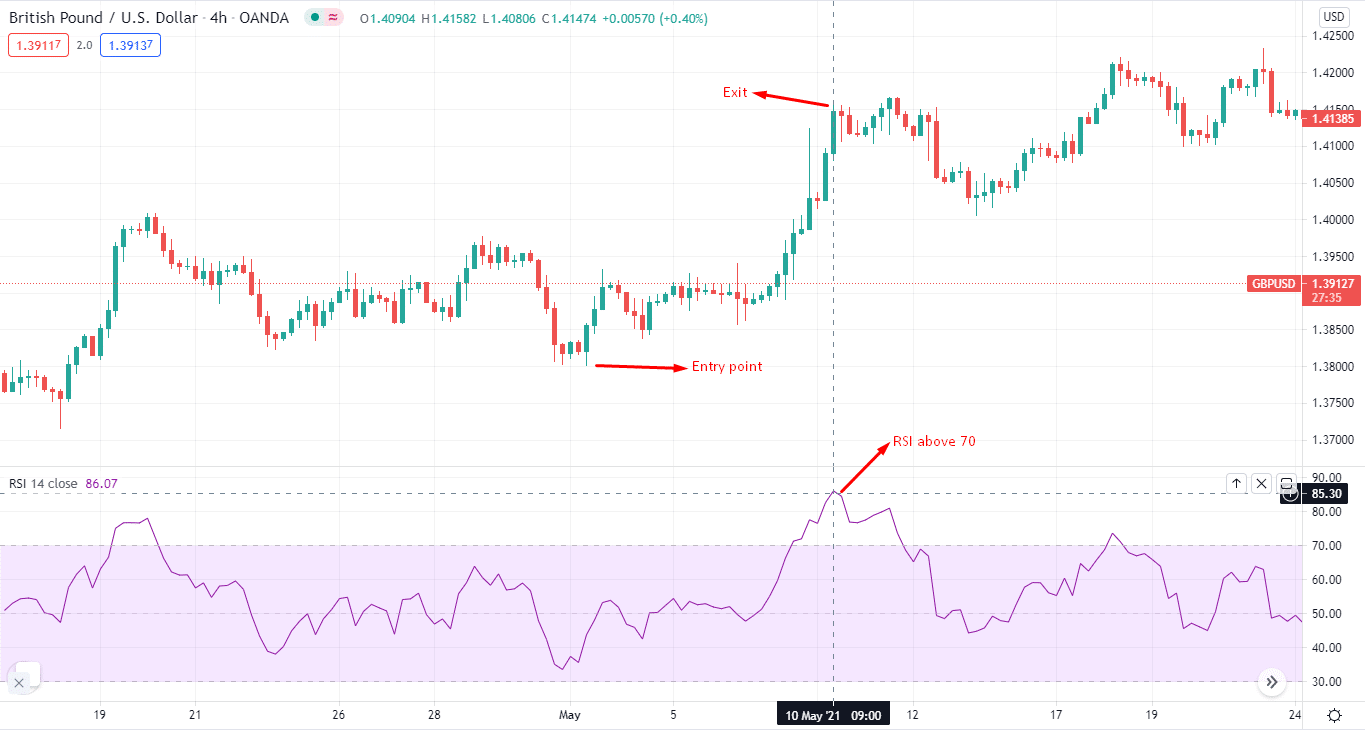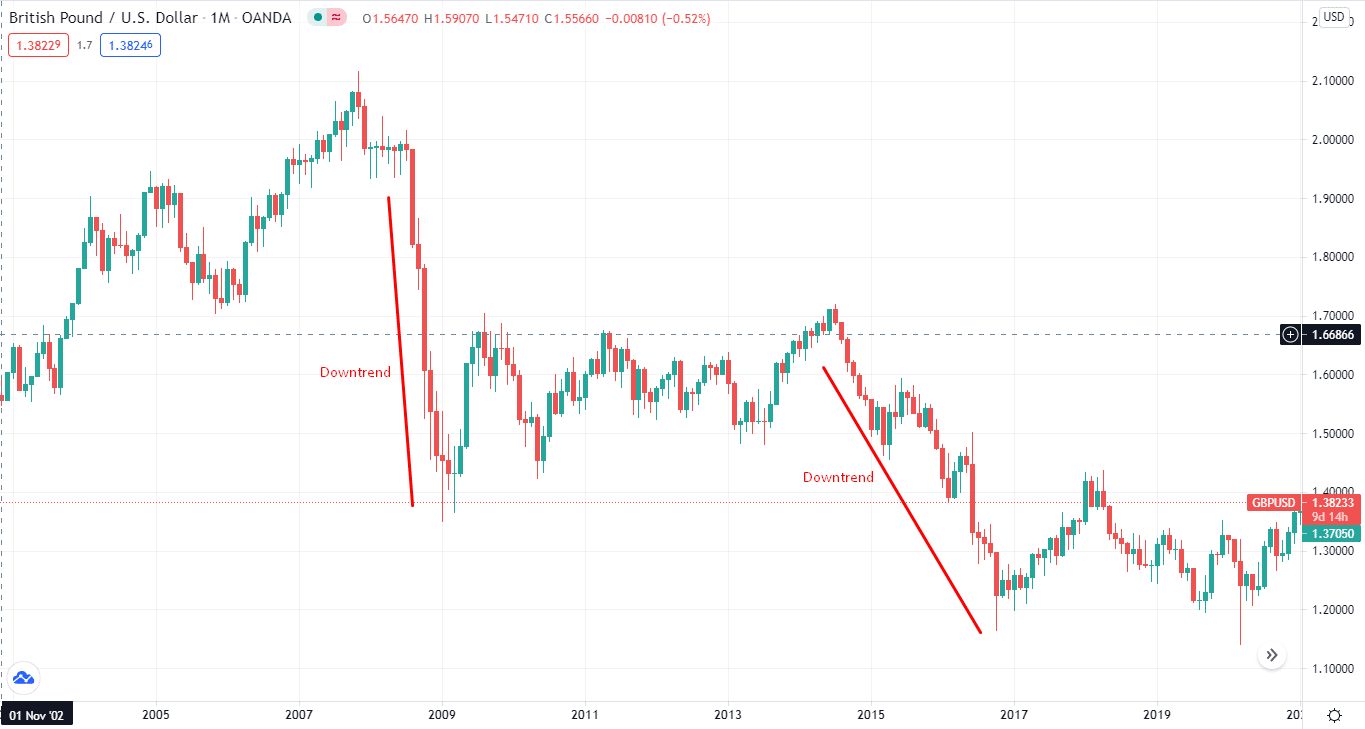It’s late at night, and you are reading a bunch of articles on forex auto trading. You like auto trading and started dreaming about how you can buy your first Ferrari with auto trading. But one thing you don’t understand is how you can create an auto trading strategy.
In this guide, we are going to reveal how you can create a strategy for auto trading. Make sure to stick till the end, as there are a lot of tiny details involved.
Elements of auto trading strategy
We are sure by knowing what auto trading is, but for those of you who are living under the rock, auto trading allows you to automate entry and exit rules according to the strategy. Auto trading relies on a computer program in which you set your parameters.
The good thing about auto trading is you can relax on a hammock while your strategy does all the work for you.
You can set your risk management, entry and exit points, stop-loss, and take-profit orders with an auto trading strategy. This removes one of the most significant hitches in trading; human psychology. So that emotions like fear and greed play a 90% role in trading. You can see your greenbacks flying away if you do not control your emotions in trading.
Let’s not get carried away with human emotions and tell you how to build an auto trading strategy in the blink of an eye.
Tip 1. Entry rules
For you to develop an auto trading strategy, you need to define your entry rules. Many traders like to enter as soon as the indicator tells them to. So, they can’t miss out on profits. This is an aggressive approach.
Many traders wait for the next candle to appear on the flip side, confirm the trend, and then take their positions, known as a conservative approach.
How you enter the trade depends on your trading style.
- If you are a scalper, you like to enter as soon as the indicator tells you.
- If you are a swing or position trader, you wait for the confirmation candle.
So, for auto trading, you need to feed the entry rule in your program.

Let’s take a look at the above chart. You can see when the smaller moving average crosses below, the larger one, we enter the trade. Note how we wait for the confirmation candle to pop up before taking our entry point.
Why does this happen?
Your system needs to locate entry points. But, unfortunately, it can’t be your boss, and you have to fee the entry point on it.
How to avoid a mistake?
Defining entry rules shows you mean business. When you think about it, an entry point is the first step you take when opening positions.
Tip 2. Exit rules
You enter the trade ideally, but how you’ll leave it? That’s where your exit rule will come into play for auto trading.
There are different ways to approach your exit rules:
- One way is to define a target. When a price hits that target, you exit the trade. For example, if you program that when GBP/USD hits 1.4000, you’ll exit the trade.

- Another way to exit is to set a specific condition if your indicator tells you to. For example, you’ll set a rule that if the RSI reaches above 70, you’ll exit the trade.
As you can see on the above chart, we left the trade when the RSI was above 70.
Why does this happen?
You can’t leave your positions hanging like a fruit. You have to tell your system your exit point.
How to avoid a mistake?
If you want to leave with a profitable trade, you have set a target and programmed your system to exit with specific conditions.
Tip 3. Risk allocation
This is the most crucial aspect of your trading strategy. It doesn’t matter if you have a Midas touch of a program; you’ll lose if you don’t have a risk management strategy in place. So you have to decide how much you can lose on one trade and how much you can invest in it.
Why does this happen?
Let’s say you programmed that you’ll risk no more than 1% of your trading account on one trade. Your account balance is $1000, so you can’t risk more than $10 on one trade. After that, your stop-loss will hit. The below chart helps you understand what we are talking about.

How to avoid a mistake?
Besides setting stop-loss, another way to manage your risk is to set take-profits. You are trading because you want to make money, and you don’t want your winning positions to turn into losing ones. Therefore, you need to set take-profit orders in auto trading.
Risk allocation is also about not putting all your eggs in one basket. You can’t jeopardize your account on one trade. It would help if you diversified your investments. For example, you can’t program that you’ll trade all your $1000 account balance on EUR/USD. It would be best to leave something for the rainy days, so you have to program accordingly.
Tip 4. Backtesting
The idea behind backtesting is, what worked in the past, will also work in the future. Forex pairs, especially major pairs like GBP/USD, follow historical patterns. Therefore, they can unveil similar exit and entry points as they did in the past.
Here’s a chart of GBP/USD that shows a downtrend between 2007 and 2009 and again in 2014 and 2016.

Why does this happen?
To develop an automatic trading system, you need to tell your computer to backtest the historical data and present it before entering or leaving the trade. A computer program can’t make guesses, so you need to set the exact rules for backtesting.
How to avoid a mistake?
You can see if you need to make changes with backtesting, what’s your expected return or loss, before diving into the trading pool.
Tip 5. Forward testing
So, you have a complete trading strategy, and you want to test it. But, how are you going to do that? Indeed, you are not thinking about going to live to trade. So, before you can run your automatic system on the live markets, you need to dry run it. I mean running it on a demo account. This is also known as forwarding testing.
Why does this happen?
With all the data your system gathered, it has to test it somewhere, and it’ll dry run this collected data.
How to avoid the mistake?
You need to take into account all factors when forward testing your system. You cannot cherry-pick about it. You have to test all aspects of historical data like entry/exit points, stop-loss/take-profit orders.
Final thoughts
Great news; after following the steps mentioned above, you have built a strategy for auto trading. Remember that no method will work if you don’t stick to your trading plan.




